We started day 2 with quick breakfast at the buffet and then were off the ship in Tauranga at 8:15am. I booked a private tour for this port because there were so many things to see and none of the group tours put together everything on our list.
The ship was docked near “Mount Maunganui”, and the entire
area we toured today has abundant geothermal activity. We had a quick view of
the town, the beautiful beachfront houses, and the islands off in the distance
and then we were started driving further inland.
We first learned about kiwi fruit. They first came to New Zealand in the early 1900s, brought by a school teacher who was returning from visiting her sister in China. They were initially called “Chinese Crispers”, but the name was changed in the 1950s or so to have more mass appeal. There are now 2,500 kiwi orchards in the area and they are a four billion dollar industry. There are three types of kiwis, the original green, the most desired gold, and the newer red. The red is only available in NZ and I had it in my drink a few nights ago.
Kiwis can’t be picked until the “Kiwi Authority” comes and does spot tests to make sure the sugars are correct and they will be suitable for consumption. And Kiwis are very particular. There are huge hedges or fences about 30 feet high protecting the kiwis from wind or anything else that would make them less than perfect. If they aren’t perfect, they don’t command the high prices. And though gold kiwis are the most desired, they were developed in a lab, so anyone wanting to grow them must license the privilege for $400,000 per hectare (2.4 acres). Even so, they are so profitable that a lot of orchards do pay up.
I was surprisingly fascinated by the kiwis… I guess because I had no idea at all about them.
From the kiwis, we continued on to the “Okere Falls Scenic Reserve” where we saw waterfalls and some groups whitewater rafting.
We continued on to learn more about New Zealand’s logging industry. It is one of their largest industries. Near our port there were just mountains of logs awaiting their departure on ships. New Zealand was covered in forests long ago. In the 1800s the logging began. By 1910-1920 the government realized they must find the best timber to replant the forests or they weren’t going to have anything left.
At this time, the Redwood Forest and many others were planted. Radiata Pine ended up being the primary selection to continue planting and rotating, due to the timber quality and speed of growth. Redwoods are still planted and profitable. And another interesting fact, redwoods grow well here because they are in a similar climate as northern California. It is the same distance away from the equator where they are planted in New Zealand as where they are in California, thus a similar climate.
We continued our tour on the Redwood Forest tree climb. It was so fun and I felt like a kid. I have never seen redwoods in my life, and they were so huge and going from tree to tree learning about them and looking through the forest was fascinating to me.
After the forest, we headed to Rotorua, a city that is the hotspot for geothermal activity. There were mud spas and hot spring spas all fed by the activity below. There were places all around town enclosed in fences where steam was rising and if there was water, warnings not to touch it because you will get scorched. Our tour guide Patrick said it would be bad luck if a steam vent opened in your backyard, or worse, under your house. But we saw some people making the best of it with pipes off the vent to utilize the steam for heat, or somewhat enclosing it and making a grill to cook on.
Our last stop was at Te Puia. Here we learned about Maori culture. There was a 10 minute demonstration of a war greeting and peace offering. And then we were invited inside for 30 minutes of traditional songs and dances.
Following this we visited the artisans at an institute dedicated to keeping Maori arts and crafts alive and educating new students in the traditions. We saw stone carvers, wood artisans, and weavers all concentrated on their crafts.
Finally, we saw some Kiwi birds and made our way down a long hill to the Pohutu geyser, the biggest geyser in the southern hemisphere. Now, similar to the redwoods, I haven’t ever seen a geyser, so this was pretty cool to me… I felt like I was in a movie and there should be dinosaurs walking around. Or in a Disney theme park. It seemed too otherworldly and amazing to be a natural feature. I could feel the heat and smell the sulfur. There was an area where you could sit on the rocks and take it all in. I didn’t sit there for long though… The rocks were HOT!
We were about six and a half hours into our tour at this point and it was time for the hour long drive back to the port. Again I just marvel at the topography of New Zealand and the ups and downs through and around the hilly and steep terrain.
Back on the ship we headed to Magnums champagne and wine bar, reviewed the photos we took and then had simple dinner at “The Local”, the sport bar on board.
The nightly show was a magic show, and it was entertaining enough for cruise entertainment. It made me wonder who designs these ships though as right behind our bar height seats was where people come in and out and there are two steps down. During the show there were THREE PEOPLE who fell down these two steps. One was down on the floor for about 10 minutes before they took her away in a wheelchair. The steps have little lights around them, but they are hard to see in a pitch black theatre. Just made me wonder how many poor people fall on them every night.
After the show we got some cake for dessert that was decorated for St. Patrick’s day. And then we were off to bed. Despite our best efforts, we again went to bed at 9pm… we were exhausted. When did I get so old? Lol. I guess I didn’t used to get up at 5:30am in the morning either… so there’s that.
We had a great day in Tauranga!


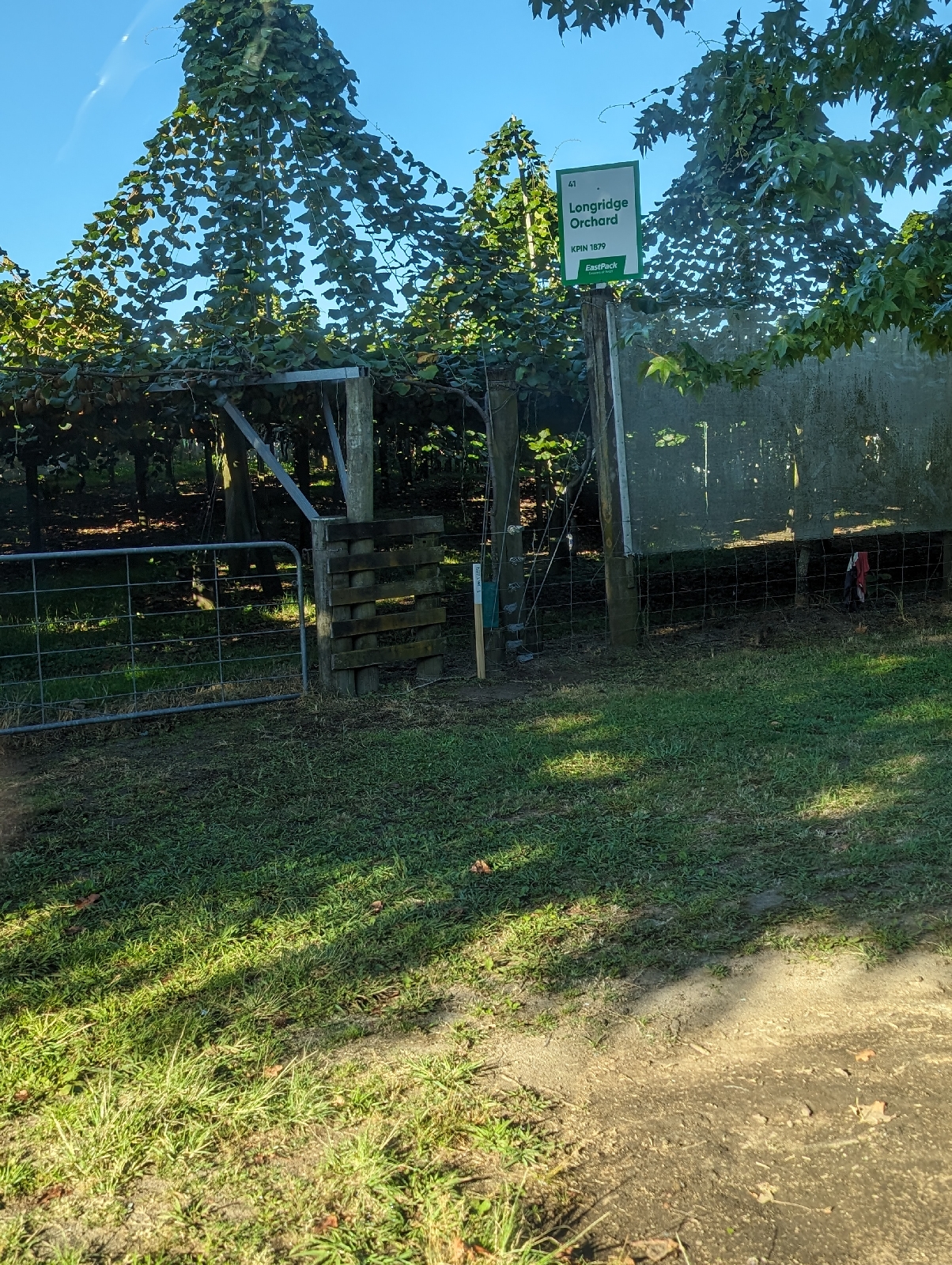
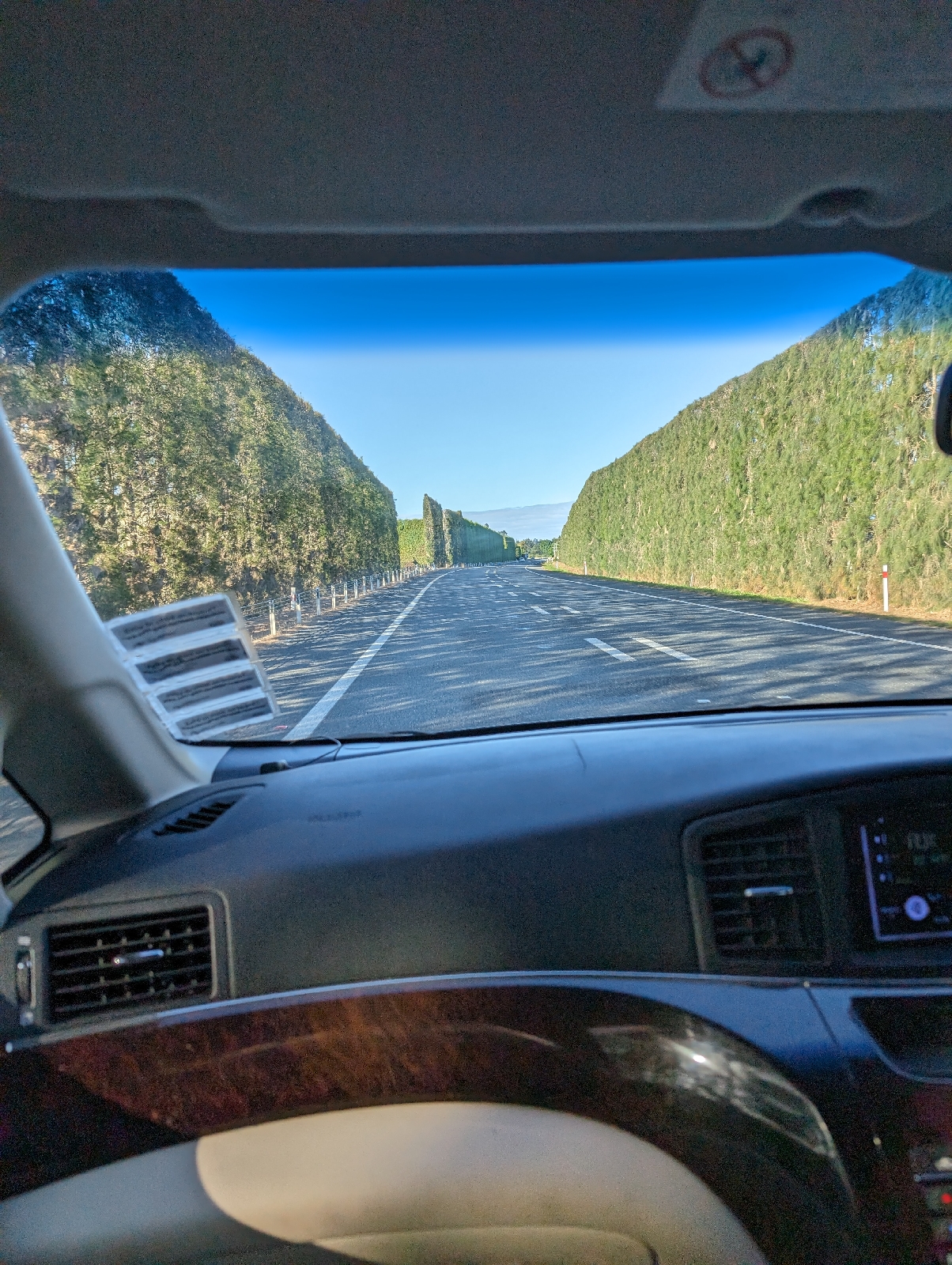



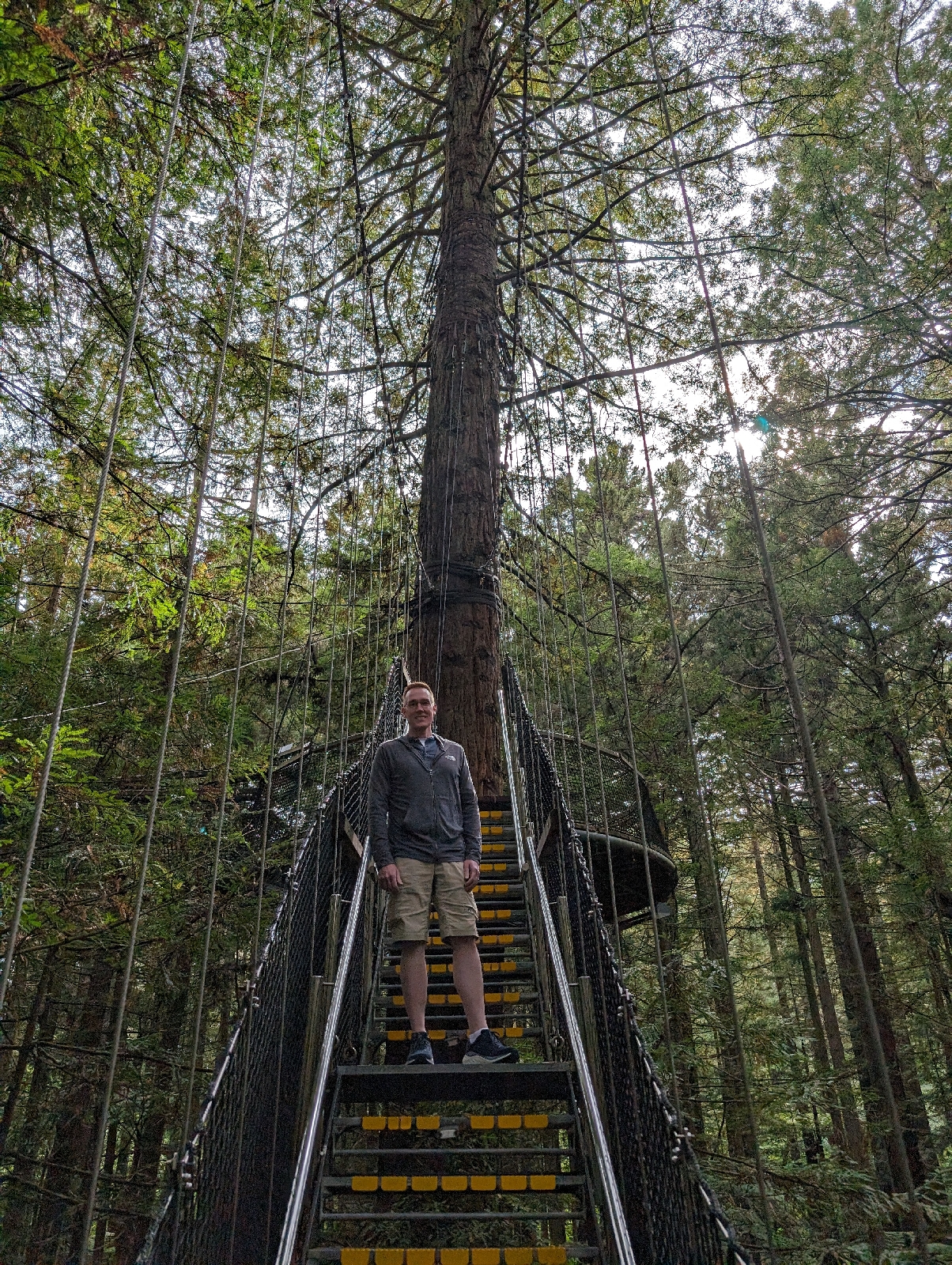



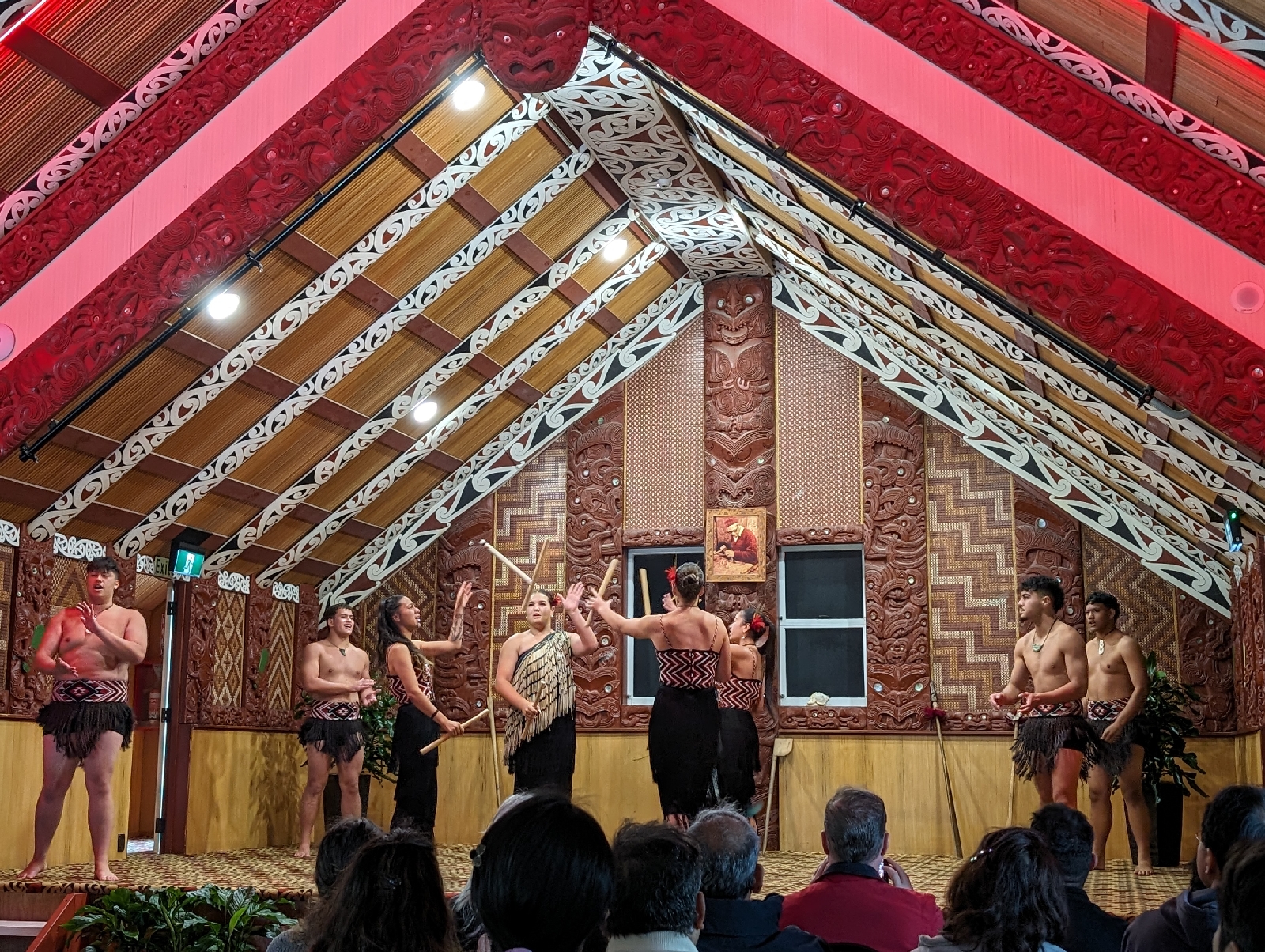
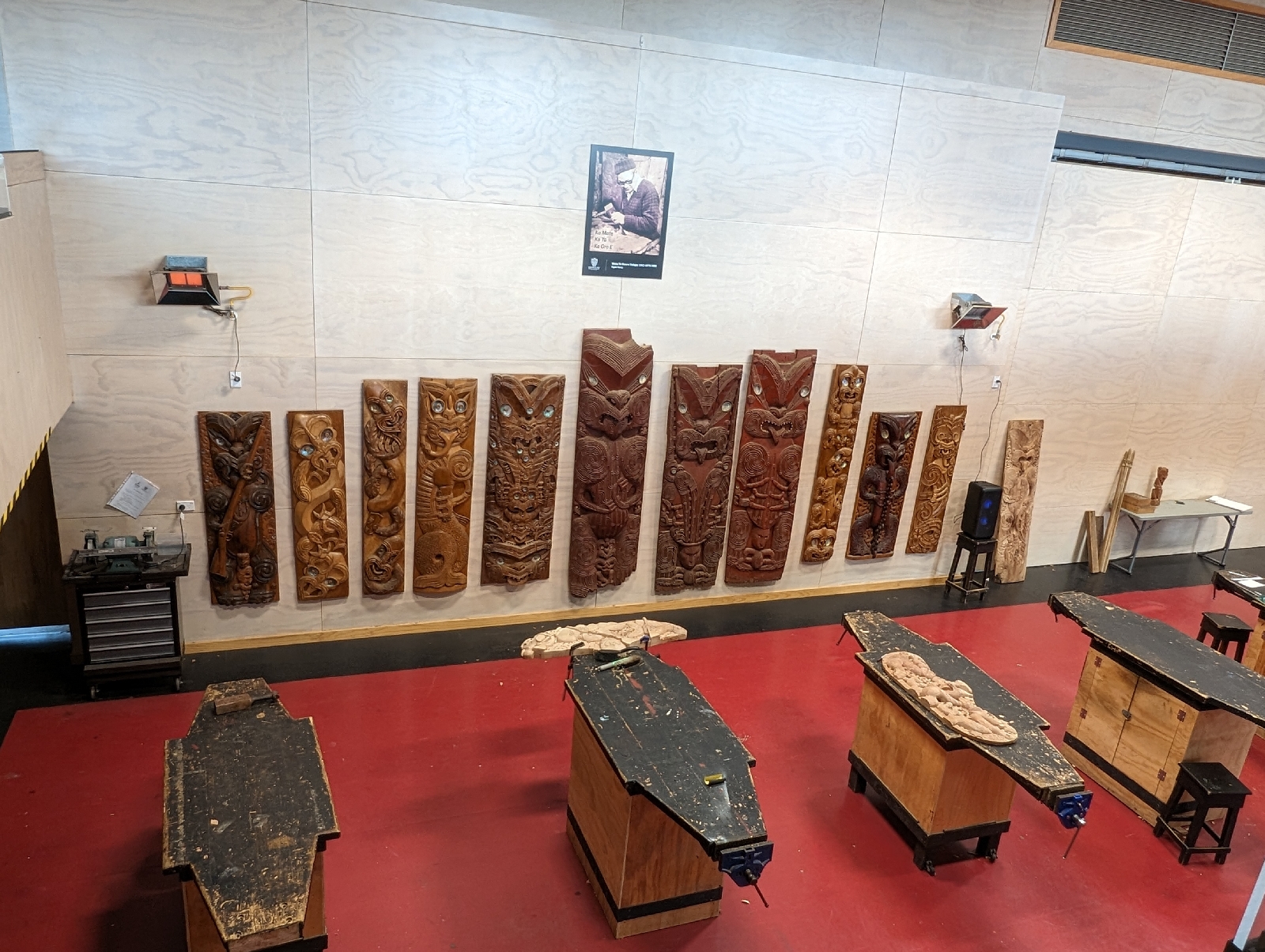





No comments:
Post a Comment